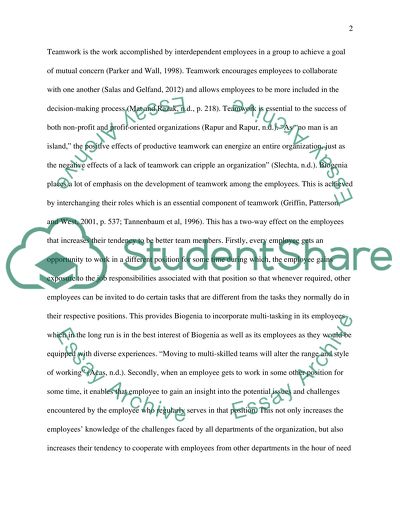Cite this document
(“Teamwork. Organization Structure and Design, and Organisation Culture Essay”, n.d.)
Retrieved from https://studentshare.org/marketing/1448001-people-organizations-and-management
Retrieved from https://studentshare.org/marketing/1448001-people-organizations-and-management
(Teamwork. Organization Structure and Design, and Organisation Culture Essay)
https://studentshare.org/marketing/1448001-people-organizations-and-management.
https://studentshare.org/marketing/1448001-people-organizations-and-management.
“Teamwork. Organization Structure and Design, and Organisation Culture Essay”, n.d. https://studentshare.org/marketing/1448001-people-organizations-and-management.


